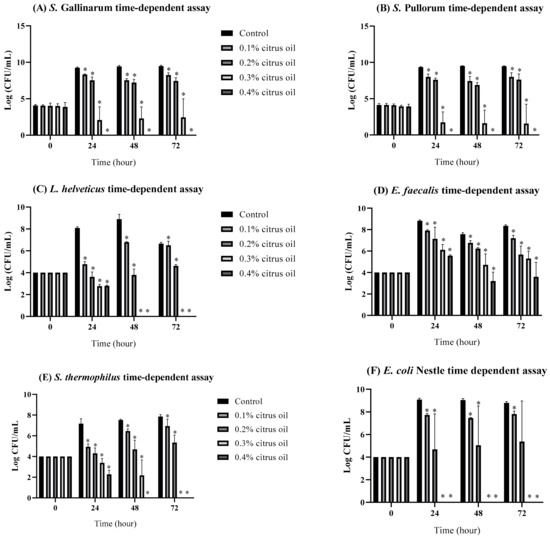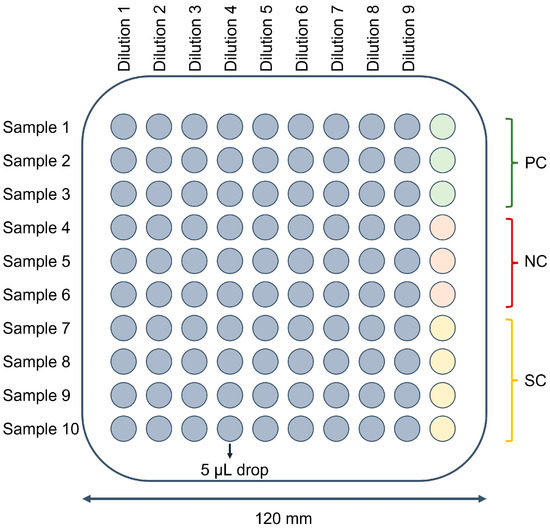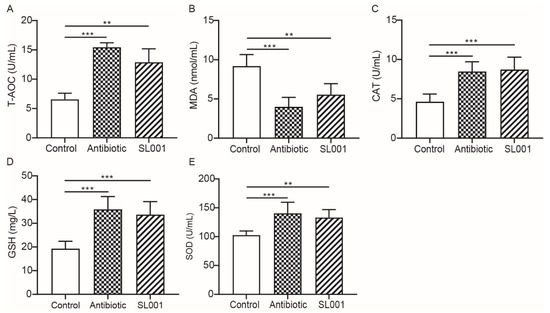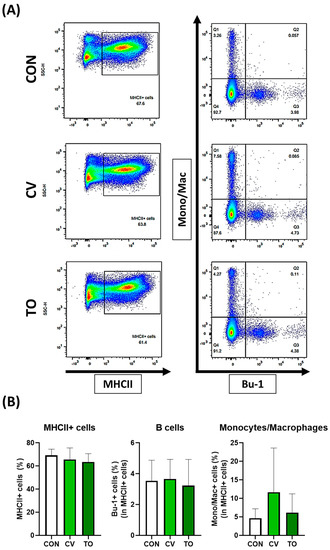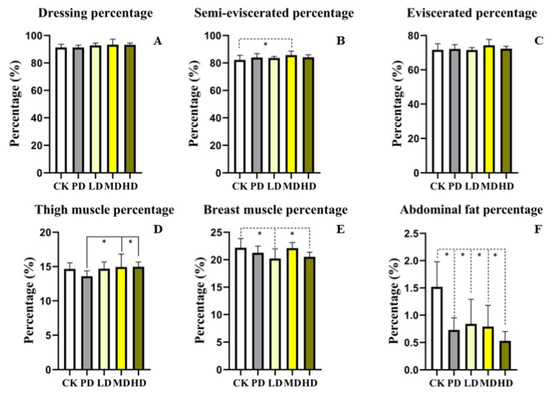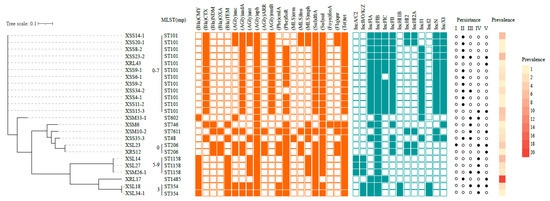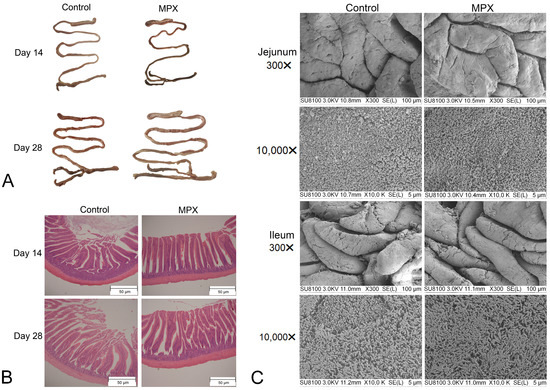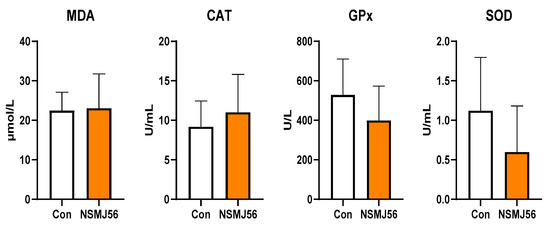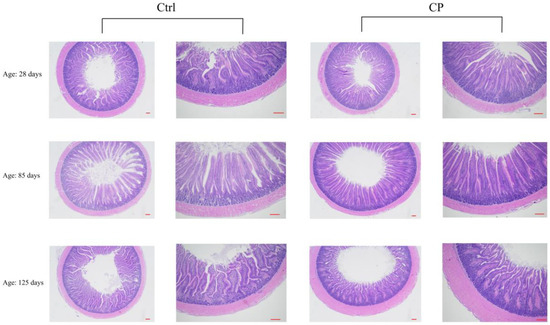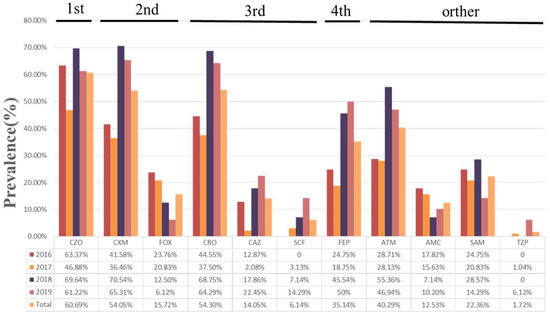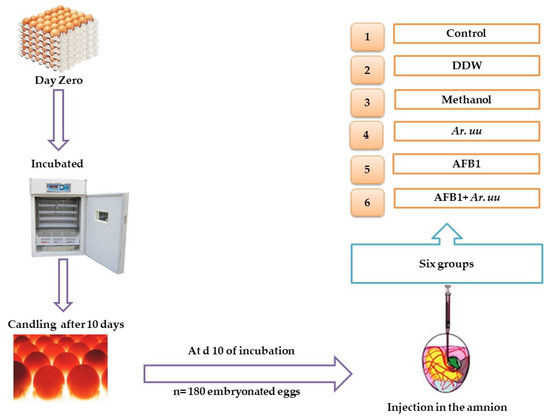Application of Antibiotic Alternatives in the Poultry Industry
A topical collection in Animals (ISSN 2076-2615). This collection belongs to the section "Poultry".
Viewed by 31281Editor
Interests: chicken nutrition; feed additives; necrotic enteritis; coccidiosis; animal welfare
Special Issues, Collections and Topics in MDPI journals
Topical Collection Information
Dear Colleagues,
Poultry farming has been commercially expanded and become an important economic business in many countries around the world in the last few decades. In-feed antibiotics have been used to enhance performance, improve gut health, reduce sub-clinical infection, anti-inflammatory, control diseases, and support intestinal health in chickens by inhibiting proliferation of pathogenic bacteria. Nevertheless, due to concerns around bacterial resistance and residues in animal products, the use of in-feed antibiotics has been banned, prompting the global poultry industry to look for antibiotic alternatives to enhance the health, welfare, and performance of chickens. Indeed, scientists have proposed various promising alternatives to animal production to mimic antibiotic growth promoters, and many have been successfully applied in the poultry industry. These include prebiotics, probiotics, organic acids, essential oils, exogenous enzyme, hyper-immune IgY antibodies, bacteriophages, antimicrobial peptides, and phytogenic feed additives, which are now being used commercially.
This Topical Collection aims to gather original research articles including reviews investigating conventional and novel feed additives to improve the welfare and health of chickens.
Prof. Dr. Kyung-Woo Lee
Collection Editor
Manuscript Submission Information
Manuscripts should be submitted online at www.mdpi.com by registering and logging in to this website. Once you are registered, click here to go to the submission form. Manuscripts can be submitted until the deadline. All submissions that pass pre-check are peer-reviewed. Accepted papers will be published continuously in the journal (as soon as accepted) and will be listed together on the collection website. Research articles, review articles as well as short communications are invited. For planned papers, a title and short abstract (about 100 words) can be sent to the Editorial Office for announcement on this website.
Submitted manuscripts should not have been published previously, nor be under consideration for publication elsewhere (except conference proceedings papers). All manuscripts are thoroughly refereed through a single-blind peer-review process. A guide for authors and other relevant information for submission of manuscripts is available on the Instructions for Authors page. Animals is an international peer-reviewed open access semimonthly journal published by MDPI.
Please visit the Instructions for Authors page before submitting a manuscript. The Article Processing Charge (APC) for publication in this open access journal is 2400 CHF (Swiss Francs). Submitted papers should be well formatted and use good English. Authors may use MDPI's English editing service prior to publication or during author revisions.
Keywords
- feed additives
- gut health
- poultry
- animal welfare
- enteric disease
- gut immunity






